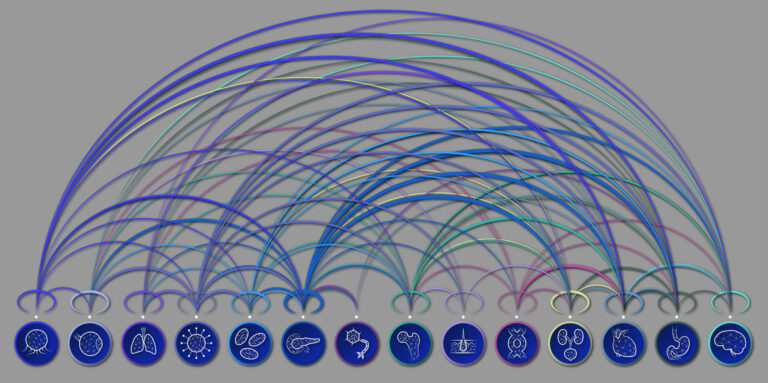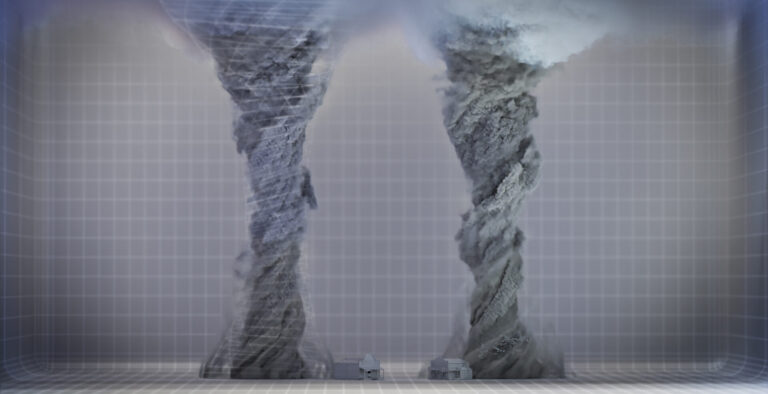Computer Science
A speedy solution for sharper star gazing
A novel algorithm promises faster functionality for the world’s largest optical-near infrared telescope.


The European Extremely Large Telescope will be the world’s biggest telescope when complete
© ESO/L. Calçada
A technique that corrects for the limitations of a telescope’s optics is being optimized by KAUST researchers to improve the performance of the European Extremely Large Telescope.
Multi-Object Adaptive Optics (MOAO) is an instrumental technique that can be used in astronomical telescopes to help compensate for the effects of turbulence in the atmosphere. Now, the efficiency of the MOAO will be improved through a numerical algorithm developed by Hatem Ltaief of the Extreme Computing Center, Damien Gratadour at the L’Observatoire de Paris and their teams. The algorithm reduces the number of floating-point operations, while also using a dynamic scheduler to prioritize different tasks1.
Built on the peak of Cerro Armazones in northern Chile, the European Extremely Large Telescope — the new 39-meter-diameter optical and near-infrared telescope — promises to deliver celestial images that are 15 times clearer than the Hubble Space Telescope. To capture these images, astronomers use MOAO to model and remove distortions cause by the Earth’s atmosphere. At the core of MOAO are optical sensors that measure atmospheric distortions and a real-time controller (RTC) that drives the telescope’s deformable mirrors which then compensate for the turbulence. This RTC uses a type of imaging technology, known as a tomographic reconstructor (TR), to compute the corrections needed for each mirror.
“The computation of the TR is a very complex process and requires several iterations for just a few minutes of observation,” Ltaief explains. “This presents a major challenge for TR simulation, and therefore [the instrument’s] design, as the targeted distant galaxies need to be observed for several hours.”
So to accelerate the computation, the research team performed calculations on a computer equipped with an eight-core Intel Xeon processor and four NVIDIA Graphical Processing Units. Taking account of assumptions tested in previous work, the team present a novel numerical algebra algorithm known as the Cholesky-based matrix inversion algorithm. This algorithm is an improvement on previous attempts, performing less floating–point operations and exposing more parallelism.
They showed that the new algorithm takes around 77 seconds to compute the TR, thus outperforming previous state-of-the-art implementations by up to 13-fold2. The finding will help to address the implementation challenges facing the new telescope.
Next the team plans to further reduce the computation time by adding more computational power to increase the speed while also perfecting the algorithm.
References
- Charara, A., Ltaief, H., Gratadour, D. Keyes, D., Sevin, A. Abdelfattah, A., Gendron, E., Morel, C. & F. Vidal, F. Pipelining computational stages of the tomographic reconstructor for multi-object adaptive optics on a multi-GPU system. In Proceedings of the International Conference for High Performance Computing, Networking, Storage and Analysis (SC ’14). IEEE Press, Piscataway, NJ, USA, 262-273, (2014).| article
- Abdelfattah, A., Gendron, E., Gratadour, Keyes, D., Ltaief, H., Sevin, A. & Vidal, F. High performance pseudo-analytical simulation of multi-object adaptive optics over multi-GPU ystems. 20th Euro-Par Parallel Processing Conference (2014). | article
You might also like

Computer Science
Sweat-sniffing sensor could make workouts smarter

Computer Science
A blindfold approach improves machine learning privacy

Computer Science
AI tool maps hidden links between diseases

Bioscience
The theory of everything that wasn’t

Computer Science
A new path to high-efficiency micro-LEDs

Computer Science
Cyclones meet their mathematical match

Applied Physics
Onward and upward to smaller faster devices

Computer Science



